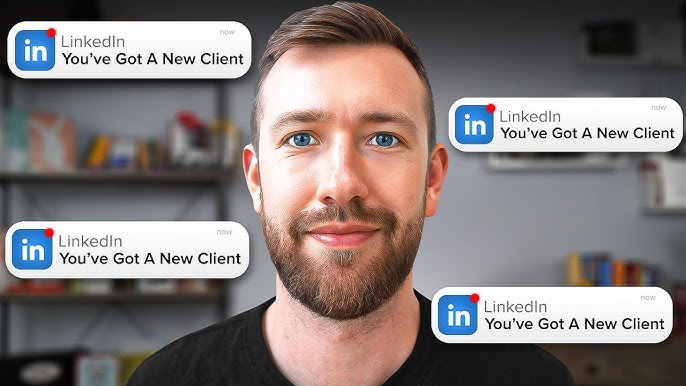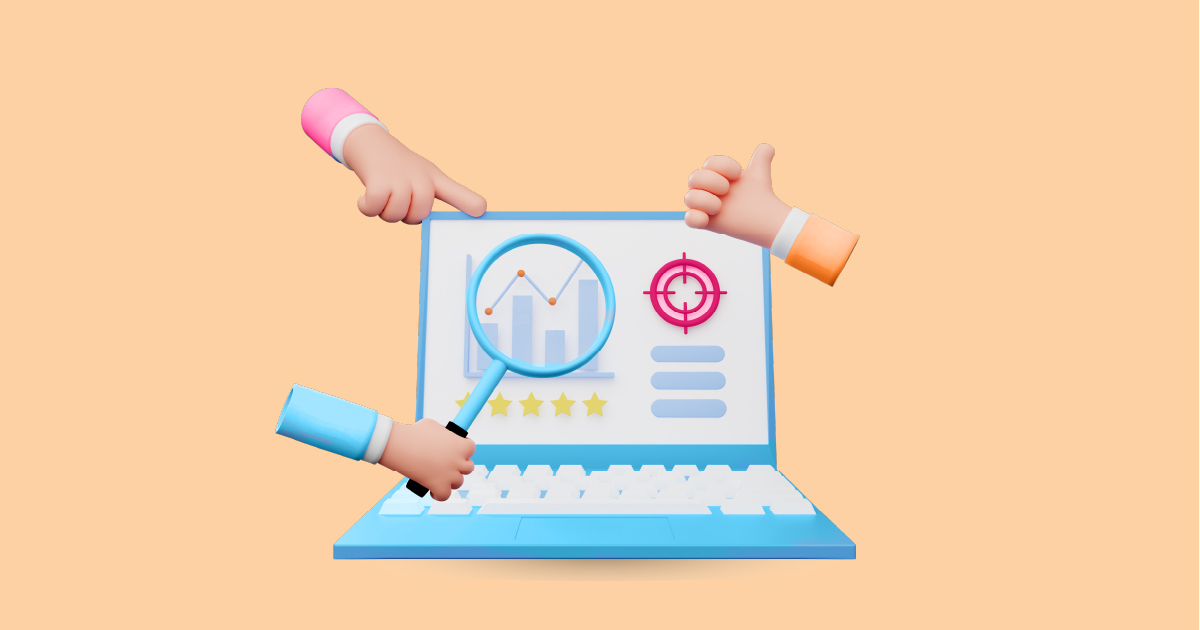What if I told you there’s a way to hear what people are saying about your brand, your industry, and even your competitors without actually having a conversation? This superpower is known as social listening, and it’s a game-changer. But what makes it even more powerful is doing it on LinkedIn. Let’s dive into why social listening on LinkedIn is essential for any business.
The Basics of Social Listening on LinkedIn

1. Understanding LinkedIn as a Platform
LinkedIn isn’t just a digital resume or a job-hunting site anymore. It’s a bustling hub of professionals exchanging ideas, sharing industry news, and networking. This makes it a goldmine for insights if you know where to look.
2. Key Features for Social Listening
LinkedIn offers several features that can be leveraged for social listening, including groups, hashtags, and company pages. By following these closely, you can gather valuable information about what’s trending in your industry.
3. Social Listening on LinkedIn Tools
Various tools can enhance your social listening experience on LinkedIn. Tools like AIM Insights, Brandwatch, and LinkedIn’s own analytics provide in-depth insights into what people are talking about and how it affects your brand.
Benefits of Social Listening on LinkedIn
1. Enhancing Brand Reputation
By keeping your ear to the ground, you can quickly address any negative feedback and reinforce positive interactions. This proactive approach helps in maintaining a stellar brand reputation.
2. Identifying Industry Trends
Trends come and go, but the ability to identify them early can give you a competitive edge. Social listening helps you spot these trends and adapt your strategy accordingly.
3. Engaging with Audience
Engagement isn’t just about posting content; it’s about responding to what your audience is saying. Social listening allows you to join the conversation in a meaningful way.
How to Implement Social Listening on LinkedIn
1. Setting Up Alerts and Notifications
Stay informed by setting up alerts for mentions of your brand, competitors, and industry keywords. This keeps you updated on relevant discussions.
2. Using LinkedIn’s Search Functionality
Leverage LinkedIn’s powerful search capabilities to find posts, articles, and discussions relevant to your business. This helps in gathering real-time insights.
3. Monitoring Competitors
Keep an eye on what your competitors are up to. This not only helps you stay competitive but also provides inspiration for your own strategies.
Strategies for Effective Social Listening
1. Creating a Social Listening Plan
A structured plan ensures you cover all bases. Define what you want to monitor, how you’ll collect the data, and what actions you’ll take based on the insights.
2. Engaging with Insights
Don’t just collect data—act on it. Engage with the insights you gather by responding to comments, joining discussions, and sharing valuable content.
3. Leveraging Analytics
Analytics tools can help you measure the effectiveness of your social listening efforts. Use these insights to refine your strategies and improve your results.
Common Challenges and Solutions
1. Overcoming Information Overload
With so much information out there, it’s easy to feel overwhelmed. Focus on what matters most to your business and filter out the noise.
2. Ensuring Data Accuracy
Accurate data is crucial for making informed decisions. Use reliable tools and double-check your sources to ensure the data you gather is accurate.
3. Managing Time and Resources
Social listening can be time-consuming. Prioritize your efforts by focusing on key areas that will have the most impact on your business.
Case Studies
Example 1: A Tech Company
A tech company used social listening to identify customer pain points and improve their product features. This led to increased customer satisfaction and loyalty.
Example 2: A Healthcare Provider
A healthcare provider monitored discussions about healthcare trends and adapted their services to meet emerging needs, resulting in better patient outcomes.
Example 3: A Retail Brand
A retail brand tracked mentions of their products and engaged with customers directly, boosting their brand visibility and sales.
Conclusion
Social listening on LinkedIn is not just a buzzword—it’s a vital strategy for any business looking to thrive in today’s digital landscape. By actively listening to your audience, you can enhance your brand reputation, identify industry trends, and engage meaningfully with your audience. Start listening today, and watch your business grow.
For a deeper dive into how social listening can transform your business, consider requesting a demo from AIM Technologies. Our expert team will guide you through the process and show you how to leverage social listening for maximum impact.
FAQs
What is the primary purpose of social listening on LinkedIn?
- The primary purpose is to gather insights about your brand, industry, and competitors to make informed decisions and engage with your audience.
How often should I engage in social listening?
- Regularly—daily or weekly. Consistency is key to staying updated on relevant conversations.
Can small businesses benefit from social listening on LinkedIn?
- Absolutely! Small businesses can gain valuable insights and engage directly with their audience, leveling the playing field with larger competitors.
What tools are best for social listening on LinkedIn?
- Tools like AIM Insights, Brandwatch, and LinkedIn Analytics are highly effective for social listening on LinkedIn.
How do I measure the success of my social listening efforts?
- Success can be measured through improved engagement rates, positive sentiment, and actionable insights that lead to better business decisions.




